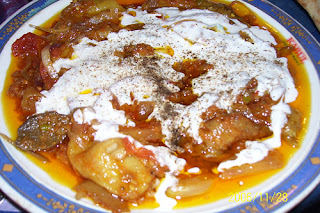The Population of Afghanistan is estimated at about 32.7 million.
Afghanistan is home to a number of ethnic groups.
Over 3.5 million Afghan citizens live abroad as refuges. The majority are in Pakistan and Iran.
Life expectancy for both men and women within Afghanistan is only 44 years. The infant mortality rate is 166 per 1,000 live births.
Capital: Kabul, population 1,780,000 (2,000 UN estimate)
Major cities: (All 1988 UN estimate, 2010 populations likely to be much higher)
Kandahar, population 226,000
Herat, population 177,000
Mazar-e-Sharif, population 131,000
Jalalabad, population 58,000
Konduz, population 57,000
-----
Works Cited: http://asianhistory.about.com/od/afghanista1/p/ProfAfghanistan.htm
Capital: Kabul, population 1,780,000 (2,000 UN estimate)
Major cities: (All 1988 UN estimate, 2010 populations likely to be much higher)
Kandahar, population 226,000
Herat, population 177,000
Mazar-e-Sharif, population 131,000
Jalalabad, population 58,000
Konduz, population 57,000
-----
Works Cited: http://asianhistory.about.com/od/afghanista1/p/ProfAfghanistan.htm








